|
It's the year 2016, and fashion has taken quite a turn, especially having a great influential inspiration from a magical land called Japan. In other words Harajuku Fashion. “Harajuku Fashion!?” we asked ourselves, but that's just a common term that has been adopted over the year. Let's take a deeper look into this different substyles that we have all spotted from the streets all the way to social media. The Mean Streets (1960s-late 1970s): During this time we see young girls start to say “f***k the system” and rebel in terms of standard fashion. The common terms were “yanki, “bosozoku” and “sukeban”. Girls and boys would sport personalized school uniforms, motorcycles gang trappings, and flags with embroidered symbols (sometimes representing a biker gang) and such. The street tough aesthetic went beyond clothing sometimes as well. Dancing Revolution (Early 1970s-Mid 1980s): This substyle is possibly the reason why Harajuku became a popular location for teens to hang out at. The style was made up of colorful beads, whistles, bows, neon baggy clothes and of course you couldn't leave home without your boombox. The style was called Takenokozoku, a term that came from a shop called Takenoko. Many of these groups would often been seeing dancing to the rhythm of the music on their radios in the streets of Harajuku. Artsy Gals (Early 1980s-Late 1980s) In the early 1980s an indie record label called Nagomu was funded by a vocalist of a band called Uchoten. It did not become an actual craze until early 1983 when Nagomu Gal was born. It was inspired by punk, Vivienne Westwood, alternative rock, and grunge. However this term wasn’t exactly positive. In reality a Nagomu Gal was viewed more as an annoying groupie. By 1989 the Nagomu label and the style have both shutdown. Super Dollfie (1989-To Present Day): In 1989 one of the most popular brands in Japanese street fashion was created, Baby The Stars Shine Bright. Inspired by the Rococo era, porcelain dolls, Alice in Wonderland, and Marie Antoinette. Lolita fashion was born. This style found popularity among girls and remains so to this day. This look also brought us gothic lolita and sweet lolita as well as influencing visual kei. Barbie Style (1990s-Early 2000s) Girls all over japan said goodbye to dark hair and snow white skin and said hello to tanning and hair bleach. Inspired by California style, Barbie, and shows like Baywatch. Kogal style came into the scene. The look was very popular among high school girls. Eventually a stigma arose around the term that associated them with a high number of cases were girls would go on dates with rich businessmen in exchange for expensive dinners and designer goods. The code for Kogals looking for a rich businessman was the school uniform and wearing big oversized socks. Because of this, schools started to ban the look from campuses across the country. Nasty Girls (1993-2002) Tanning became a very popular trend around this time but some girls decided that just being tanned wasn't enough. They took it to another level,with ultra dark skin, bright loud makeup, and colorful hair Ganguro was born. Society viewd them as “dirty”, during this time later tribes such as Yamaba,and Manba were introduced. The Shibuya 109 building became the spot where these outcasts of society would often been seen. In 2002 the tanning boom faded and tanning salons started to shut down, and the look with it. One of the most poplar brands that decided to shut down due to the negative image this tribe gave them was AlbaRosa. However you can still sometimes spot a gal in the streets of Tokyo sporting this look. Material Girls (Early 2000s-2010s): Gyaru was born after cleaning up what the ganguro and kogals left behind. Girls began to lighten up their skin and become more “acceptable” in the eyes of popular society. Influential figures of this style are Ayumi Hamasaki and Tsubasa Masuwaka. By having dolly-like eyes, a slight tan, high heels, big curled hair, blinged-out nails, and the latest CocoChanel purse you were ready to go on with your day. 2005 to 2012 was the Golden Era for this fashion. Magazines like, Popteen, ViVi, Popsister, Jelly, Ageha, and Egg were booming with business and the ultimate Gal brand, Co&LU, was as well. In 2014 Egg and ageha did their final publication, largely in part due to the style dying out. The era of ultimate girl power and femininity faded. Rainbow Bright (1990s- Present): An explosion of color came into the subculture when Decora came along. The term comes from decoration and accessories galore that adorned the followers of this trend. From well decorated heads with about 15 hairclips, sometimes more, colorful beads and necklaces, stickers, etc. The more you look like a walking toy store the better. Rumor has it that Shinohara Tomoe, a Japanese artist/singer/fashion designer/producer was a powerful influence in this style due to her flamboyant and kiddie like way of dressing. DokiDoki 6% was also founded in this period and still is a popular brand among teens and young adults. 2008 Spank branched off from Decora, a combination of 80s aesthetics and lots of neons and pastels. Just think about it as if Care Bears, Rainbow Brite, Barbie, My Little Pony, and Trolls got together and had a party. Today it has largely morphed into Fairy Kei a more muted version of what spank was but more (I mean way more) pastel. Decora is still live and well and is one of the most popular styles to this day. Harajuku Fashion is art, expressive, and a celebration that comes from inside. It's inspiring and it surely is empowering and fearless. Remember to wear what you want, how you want. Wear what makes you happy and take on the world! <3
-Usagi
1 Comment
11/14/2016 04:53:44 am
I adore music and I am visit numerous music celebrations at any rate you are magnificent article distribute on this blog I am bookmarked your connection for the most recent music related article. A debt of gratitude is in order for sharing me such a pleasant sort of blog and continue posting here.
Reply
Leave a Reply. |
Search
Contributors
◆ Emily
◆ Ivan ◆ Janette ◆ Manuel ◆ Tiffany Support Us On Patreon!
Archives
June 2025
|
© 2014-2025 A-to-J Connections. All Rights Reserved.

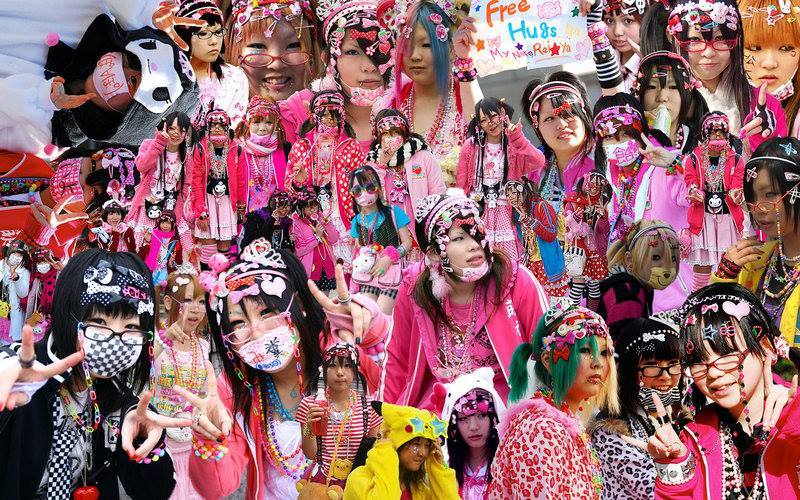
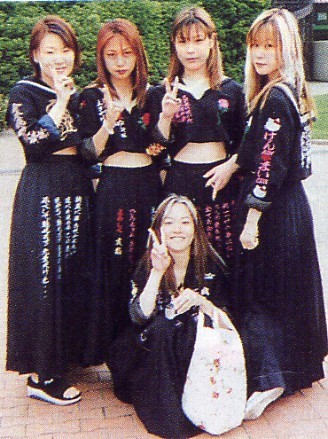
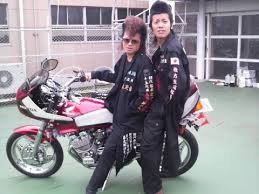
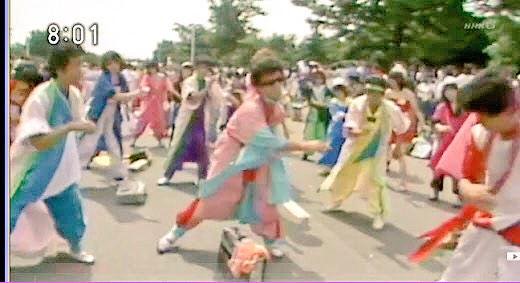
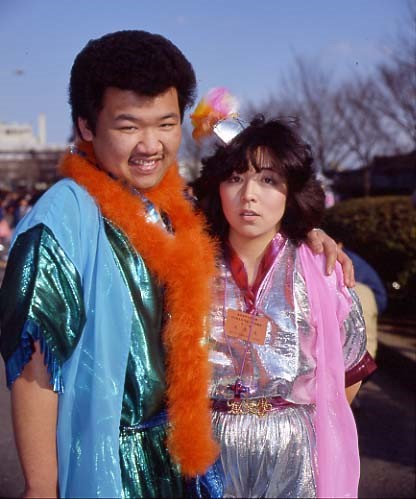
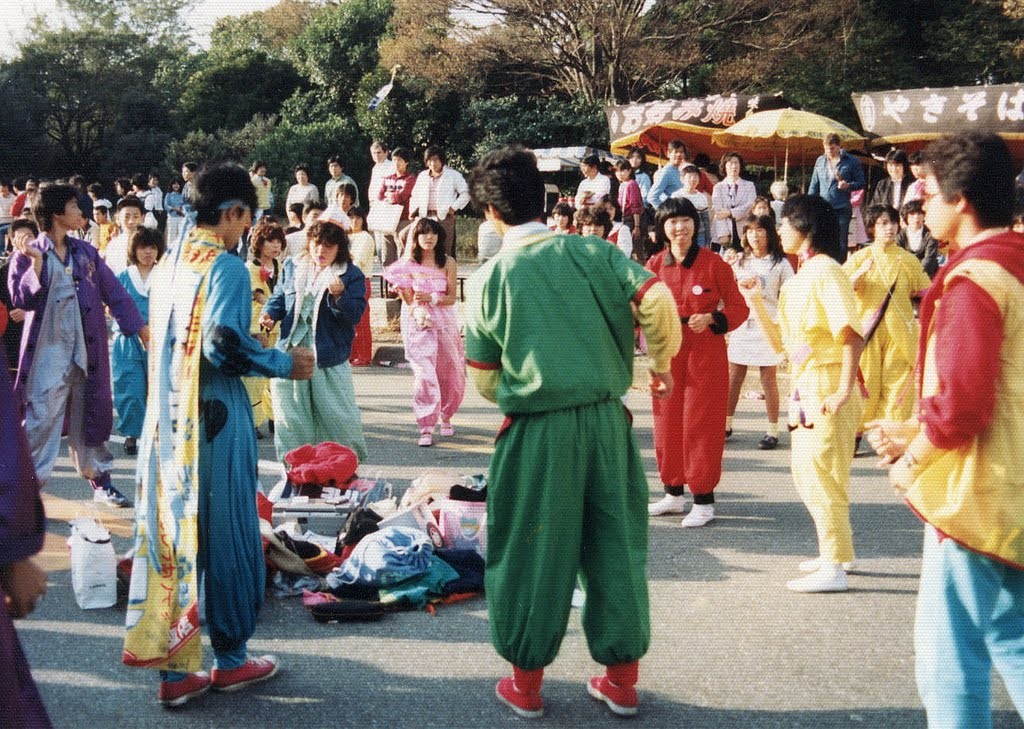
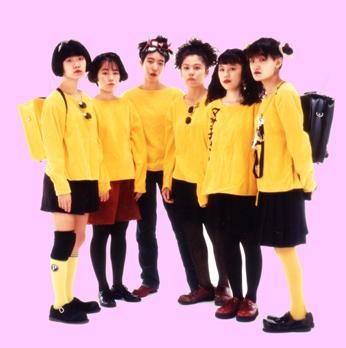
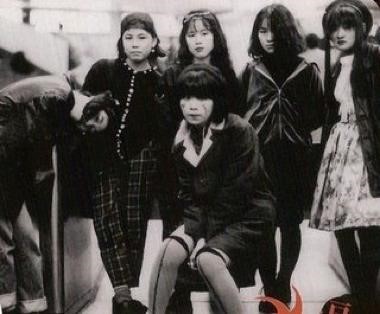
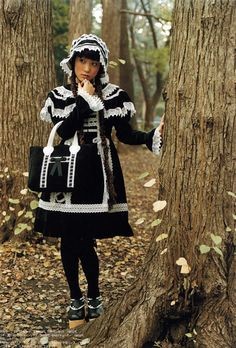
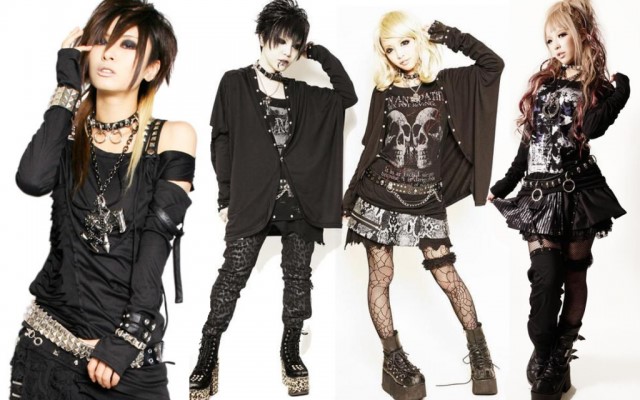
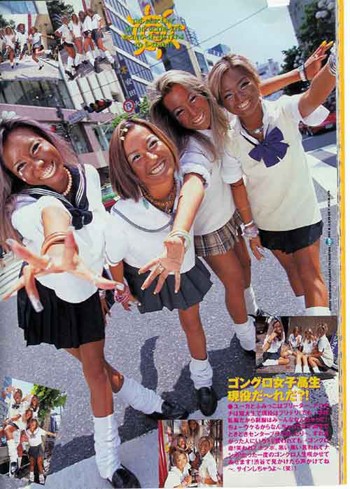
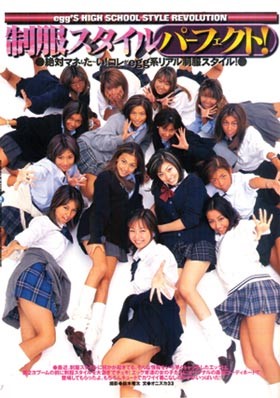
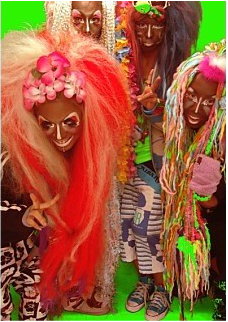
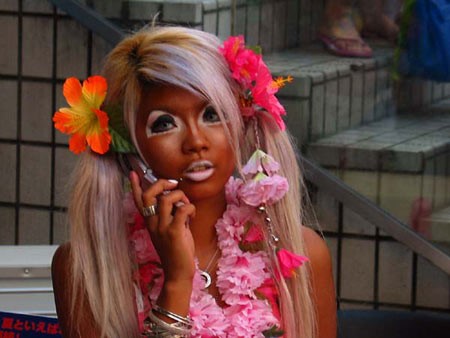
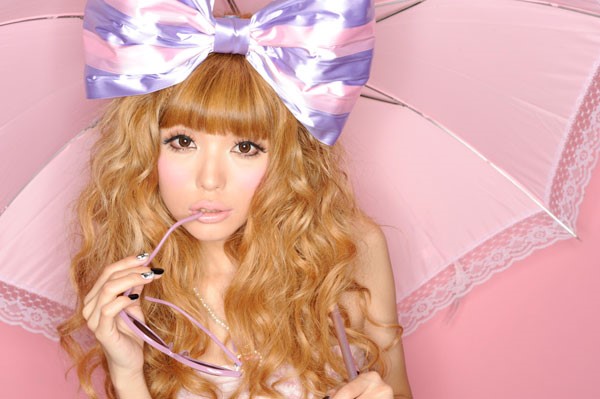
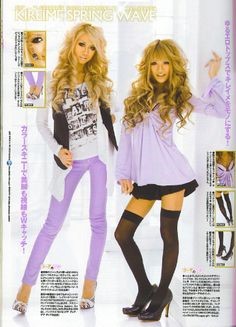
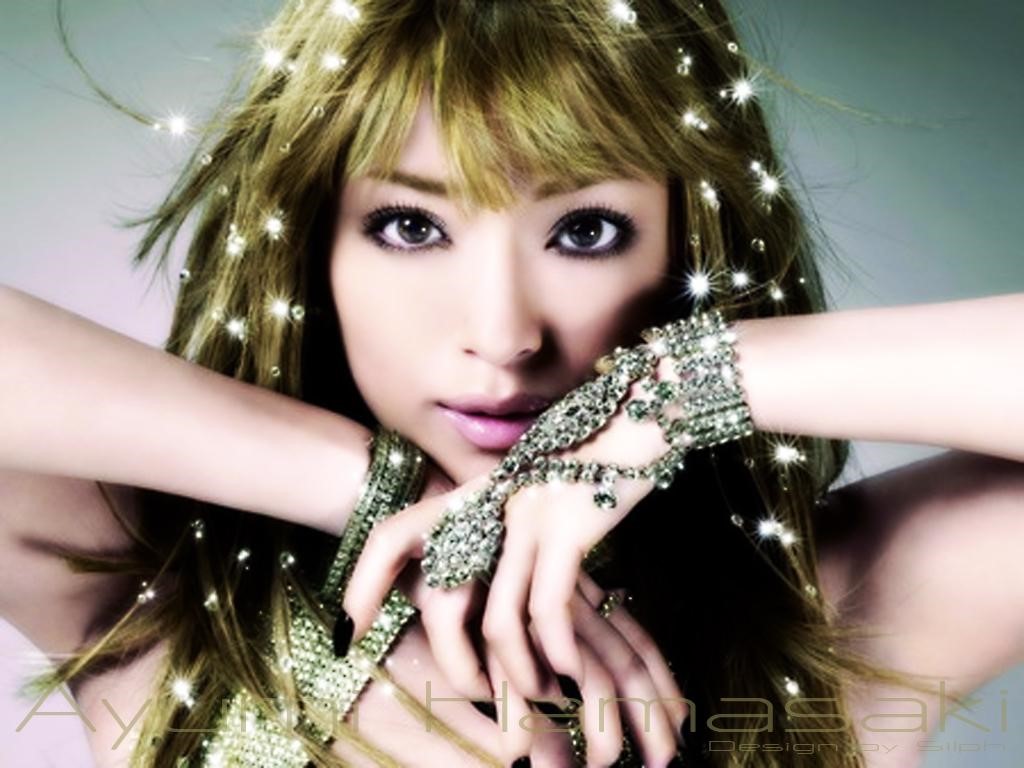
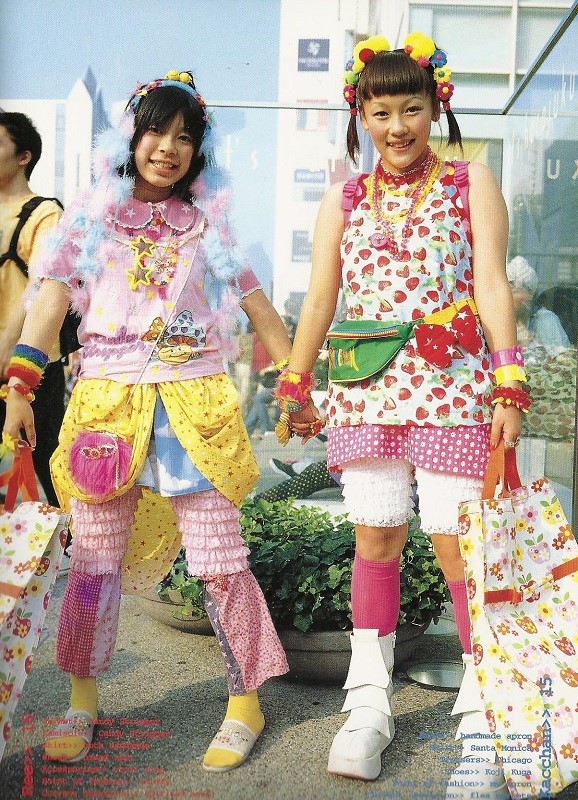
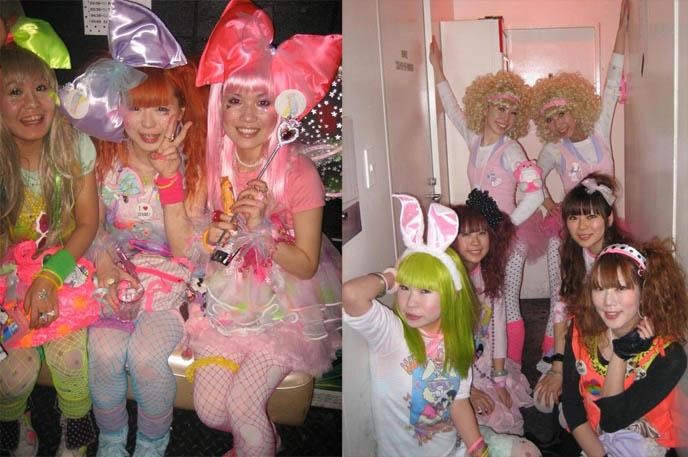
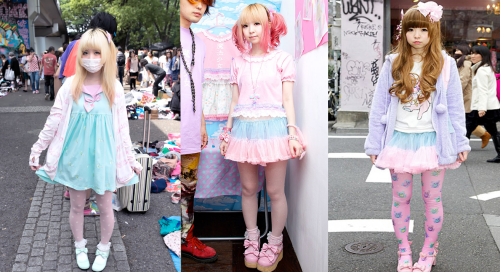
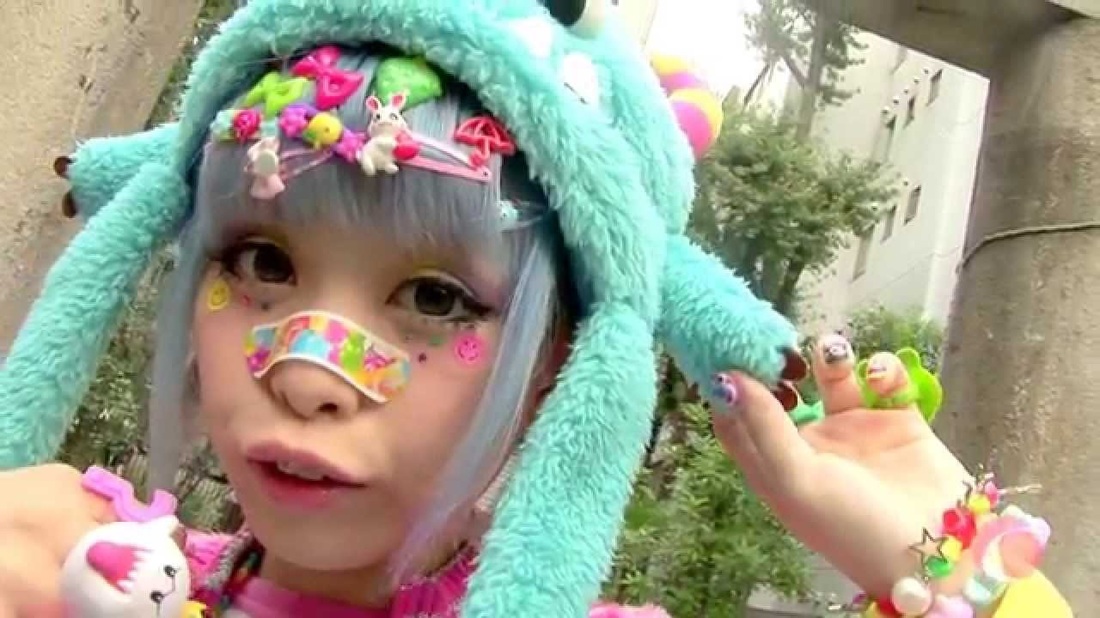

 RSS Feed
RSS Feed